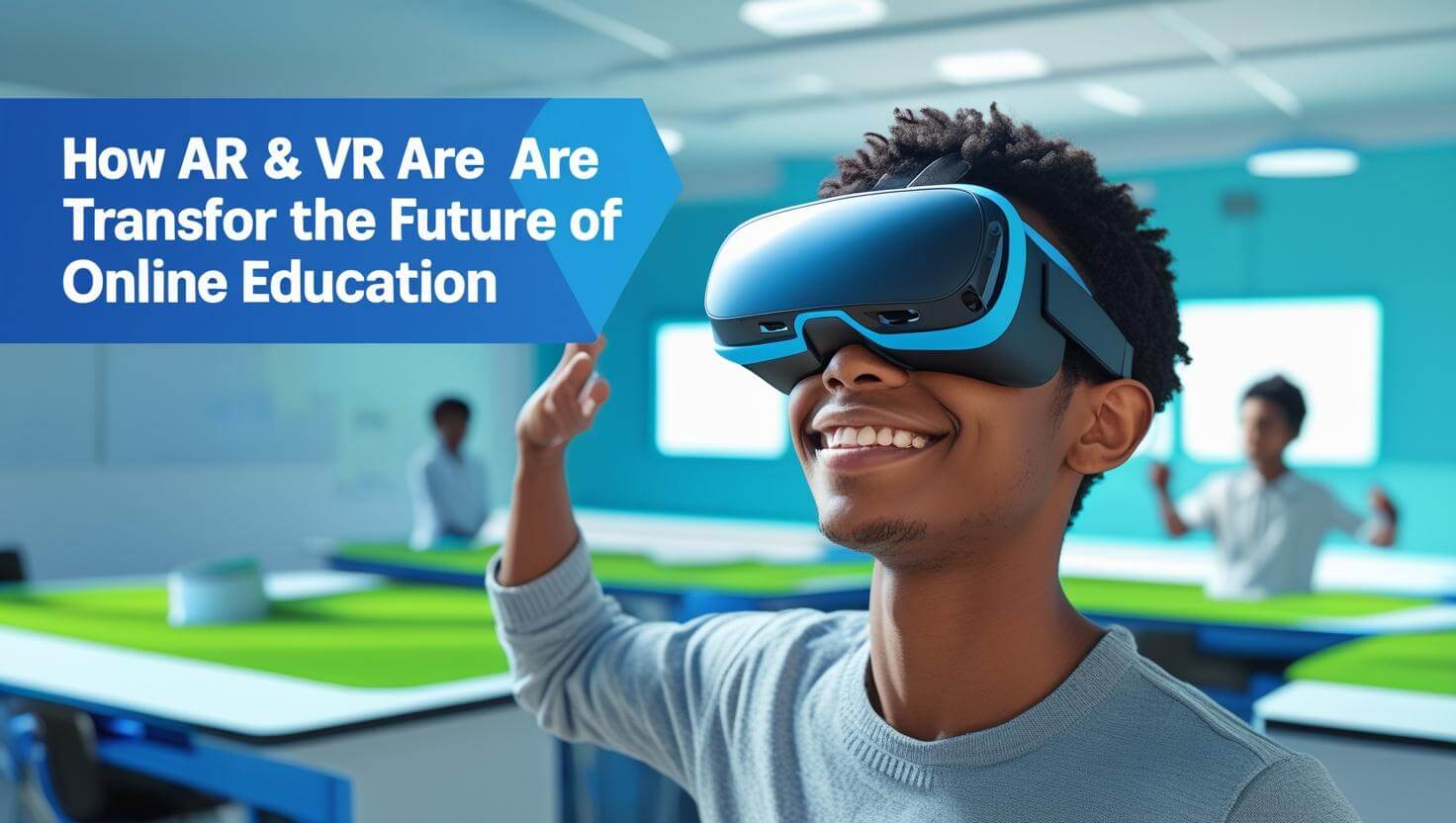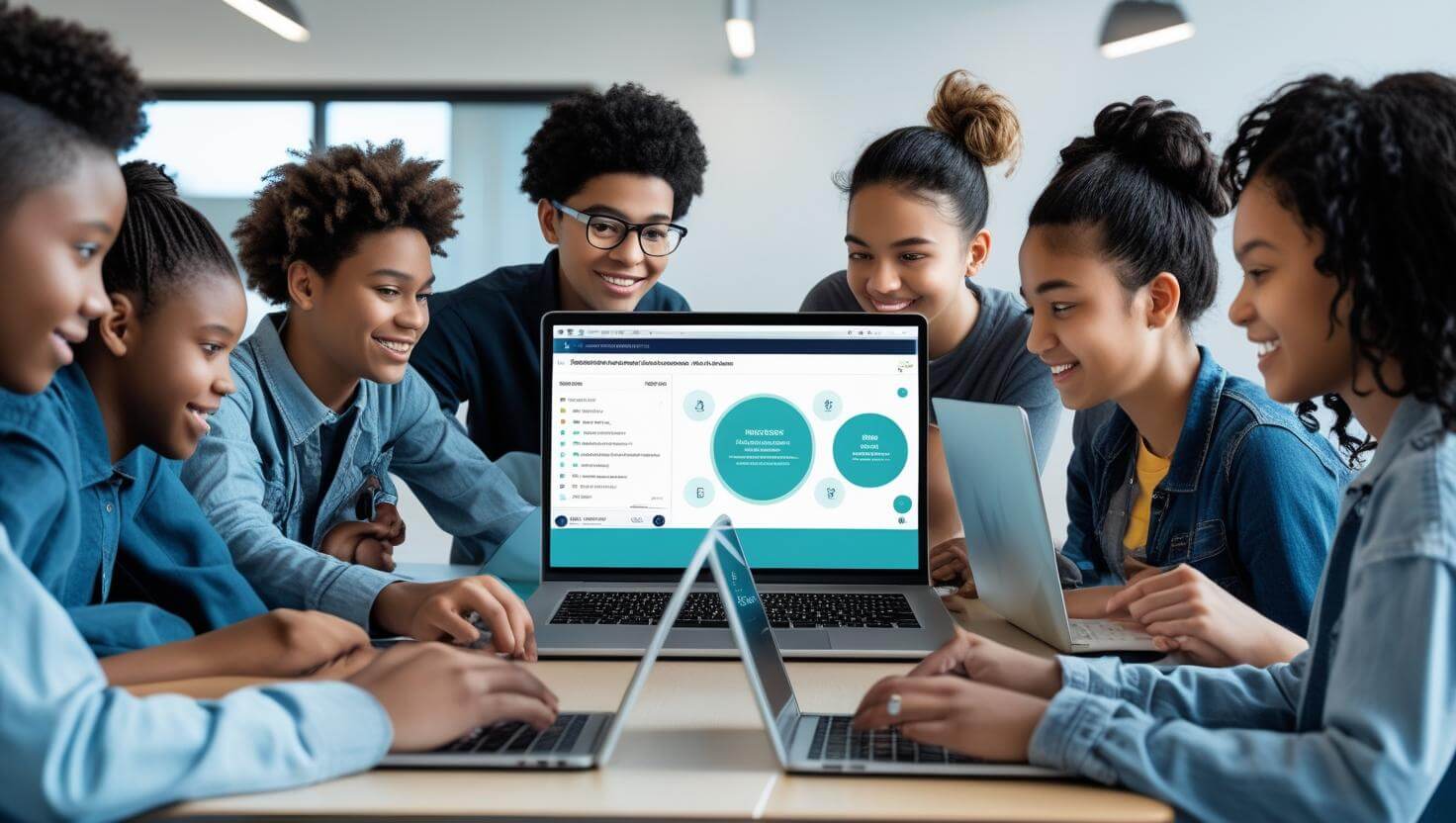
Education is no longer confined to textbooks or even static online courses. With Augmented Reality (AR) and Virtual Reality (VR), students can step into immersive learning environments where abstract concepts become tangible. Imagine a biology class where you can walk through the human heart in VR, or a history lesson where you explore ancient Rome using AR.
This shift is transforming online education by making it more engaging, practical, and effective.
1. What is AR & VR in Education?
AR (Augmented Reality): Enhances real-world environments with digital elements.
VR (Virtual Reality): Creates a fully immersive learning experience in a digital environment.
2. Benefits of AR & VR in Online Learning
Immersive Learning: Students can explore complex subjects in 3D.
Practical Training: Virtual labs allow safe experimentation.
Engagement Boost: Lessons feel like real-world experiences.
Global Access: Students worldwide can share the same immersive classroom.
3. Real-World Applications
Medical Training: VR surgery simulations for medical students.
Engineering: AR-based models for mechanical parts.
Language Learning: Immersive VR environments for practicing conversations.
History & Geography: Virtual field trips to historic landmarks.
Feature Augmented Reality (AR) Virtual Reality (VR) Environment Real-world + digital overlay Fully virtual environment Device Needed Smartphone/Tablet VR Headset Cost Lower Higher Best For Quick, interactive lessons Full immersive experiences
4. Challenges of AR & VR in eLearning
High implementation costs
Need for strong internet connectivity
Device availability (VR headsets, AR-compatible devices)
Conclusion
AR and VR are no longer futuristic concepts — they’re shaping the present of online education. By providing interactive, real-world experiences, these technologies make learning more engaging, accessible, and impactful.

